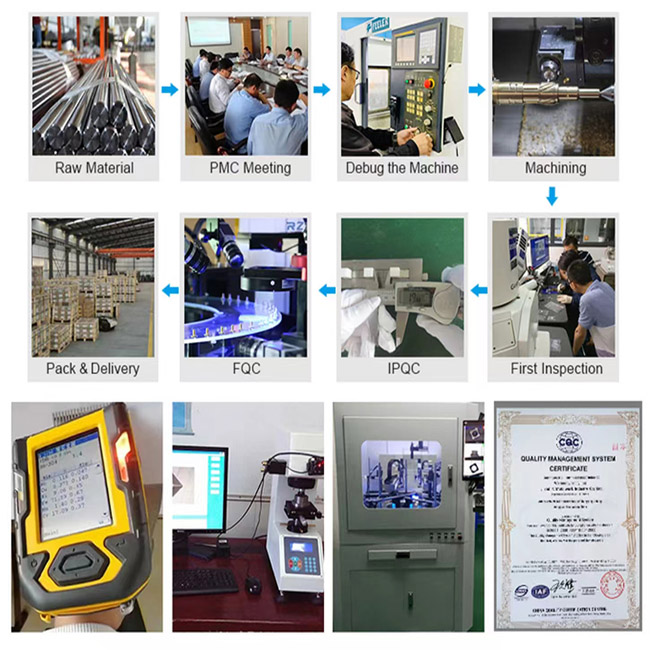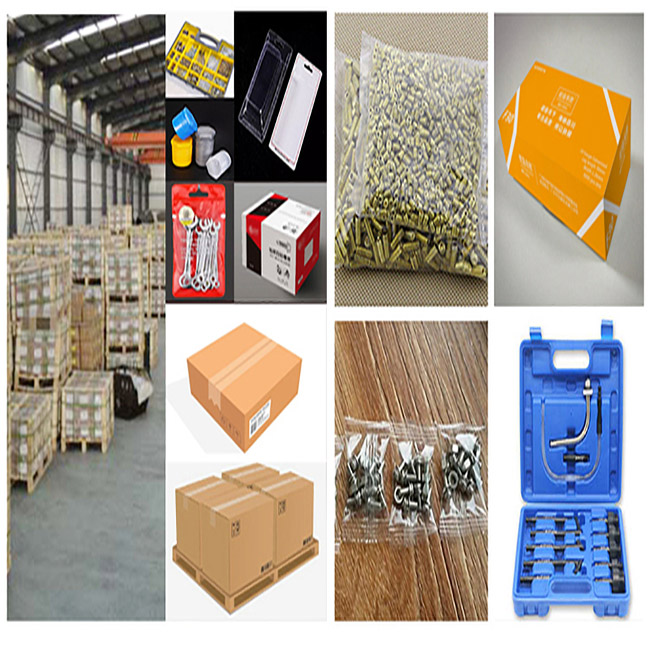UNF 7/16'' 1/2'' 9/16'' Carbon steel Galvanized Wire Thread Insert
Customized Zinc Plating

Product Description:
A wire thread insert (also known as a helical thread insert or coil
insert) is a mechanical component used to repair or reinforce
damaged or worn threaded holes. It is typically made from
high-strength stainless steel wire and features a coiled design
that restores or strengthens the original threads, ensuring that
bolts, screws, or other fasteners can be securely fastened.
Well-known brands of these inserts include Heli-Coil and Time-Sert.
Key Functions:
1. Thread Repair: When a threaded hole becomes stripped or damaged,
a wire thread insert can be inserted to recreate the original
threads, allowing the use of standard fasteners without the need to
replace the entire part.
2. Strengthening Threads: In softer materials, such as aluminum or
plastics, a wire thread insert can provide additional support to
the threads, improving their load-bearing capacity.
3. Preventing Thread Damage: In high-stress applications, wire
inserts help distribute loads more evenly, reducing the likelihood
of thread stripping or loosening.
4. Corrosion Resistance: Inserts made from corrosion-resistant
materials like stainless steel or other alloys offer increased
protection against rust and wear, especially in harsh environments.
Applications:
• Aerospace: Wire thread inserts are widely used in the aviation
and aerospace industries to repair or reinforce threads in critical
components that require precision and reliability.
• Automotive: In the automotive sector, they are commonly employed
to repair or strengthen threads in engine blocks, transmission
housings, and other high-stress parts, particularly those made of
softer metals like aluminum.
• Industrial Equipment: Wire thread inserts are often used in
machinery and equipment to repair damaged threads, enabling the
reuse of components without compromising safety or performance.
• Electronics: In precision electronics, wire inserts ensure that
screws and bolts stay securely fastened, even in delicate or
compact assemblies.
In conclusion, wire thread inserts are a versatile and effective
solution for thread repair and reinforcement in a wide range of
industries, offering cost-effective and durable results for
maintaining threaded connections.
Stainless Steel:
1, the basic knowledge of stainless steel
Stainless steel is an alloy material with corrosion resistance, and
its main components are an alloy of elements such as iron, chromium
and nickel. These elements can effectively resist oxidation and
corrosion, so that stainless steel has a high degree of durability
and aesthetics.
2, stainless steel maintenance methods
Cleaning
Keeping stainless steel products clean is an important part of
their maintenance. You can use mild detergents and soft cloth for
cleaning, avoid the use of detergents containing acidic and
alkaline components, so as not to damage the surface of stainless
steel. When removing dirt, you should try to avoid using irritating
cleaning tools to avoid scratching the stainless steel surface.
After cleaning, rinse with water and dry with a clean soft cloth.
3, the use of stain remover
For some stubborn dirt, you can use special stainless steel stain
remover for cleaning. But before using it, you should carefully
read and follow the instructions in the product manual. In
addition, stainless steel products on the dirt can be cleaned with
alcohol or vinegar, these common cleaners on stainless steel has a
certain decontamination effect.
Steel types:
| No. | C% | Cr% | Ni % | Mo % |
| 304 | 0.07 | 17.5-19.5 | 8.0-10.5 | / |
| 316 | 0.08 | 16.0-18.0 | 10.0-14.0 | 2.00-3.00 |
| 301 | 0.15 | 16.0-18.1 | 6-8 | / |
| 310 | 0.08 | 24-26 | 19-22 | / |
| 304L | 0.03 | 18-20 | 8-12 | / |
| 316L | 0.03 | 16-18 | 10-14 | 2-3 |
| 321 | 0.08 | 17-19 | 9-12 | / |
201, 304, 316 are austenitic stainless steel, according to the
performance of the non-magnetic, some of the performance of the
weak magnetic because of the smelting of the composition of the
segregation or improper heat treatment leads to the austenite in a
small amount of martensite or ferrite. Austenitic stainless steel
corrosion resistance comes from the formation of chromium oxide
protective layer on the metal surface. When the material
temperature is heated to 450 degrees -900 degrees, the structure
changes, will form chromium carbide along the edge of the crystal
and can not form a protective layer of chromium oxide, thus
reducing the corrosion resistance, this is also known as
‘intergranular corrosion’. As a result, there are 304L and 316L,
the two due to the low carbon content also reduces the
intergranular corrosion. In particular, the higher susceptibility
to intergranular corrosion does not mean that non-low carbon
content is more susceptible to corrosion, in a highly chlorinated
environment, this susceptibility is also higher.
304 stainless steel
304 is a general-purpose stainless steel that is widely used to
make equipment and machine parts that require good all-round
performance (corrosion resistance and formability). In order to
maintain the corrosion resistance inherent in stainless steel, the
steel must contain more than 18% chromium, more than 8% nickel content. 304 stainless steel is a grade of
stainless steel produced according to the American ASTM standard.
A2 stainless steel and A4 stainless steel, A2 is a class of 304
stainless steel, A4 is a class of 316 stainless steel, the main
difference between the two is here, some of the fastener industry
will be 302HQ and 304 referred to as: A2, 316 and 316L (C content
of carbon C is less than 03% of the stainless steel, you can
increase the ‘L’ logo) called A4.
What is the difference between a270 and a470 stainless steel bolts
Nuts are usually used in conjunction with bolts. Hexagonal nuts are
more widely used.C-grade hexagonal nuts are used in steel
structures, machinery and equipment with rough surfaces and low
requirements for precision.A-grade and B-grade hexagonal nuts are
mainly used in machinery and equipment with smooth surfaces and
high requirements for precision.
About Us



Package






